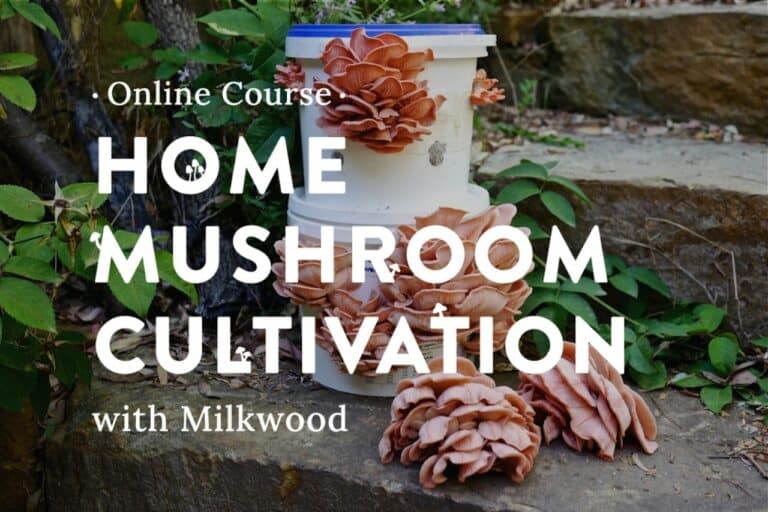

Growing Power use mushroom cultivation as a niche product in their vibrant (and vey inspiring) grass roots urban farm. This urban mushroom growing model is a bit different to the ‘coffee-ground oyster mushrooms in deep urban’ model in a few ways. 'pallet culture' - substrate bagged in hessian and pallets to use marginal space Shiitake logs being dunked in the aquaponics tanks

Wire for extra integrity, as the mycelium eat the straw and potentially the bag too Once the substrate and mycelium is exhausted, it’s into a compost facility for the spend grounds, and back to the earth.īagging up the straw substrate for growing oyster mushroomsīagged oysters fruiting above the aquaponics systems The less beautiful mushrooms are incorporated into pastes, pestos and sauces, in collaboration with another Viennese deli. The more beautiful mushrooms are sold loose, to grocers and to Lunzer, Vienna’s first zero-waste supermarket – where they’re snapped up quickly. As the coffee grounds at this point are relatively sterile and already wet, it’s a short-cut to prep them as substrate for the mushroom spawn.Īiming for a zero waste business, the Hut + Steil boys are looking at transitioning from using grow bags (single use, made of conventional plastic) to the milk buckets that they collect their coffee grounds in – a stable, reusable, and inert growing container for their oyster mushrooms. The coffee grounds are collected regularly from various cafes, via cargo bike. They’re also a very common space in cities. Stone, concrete or brick basements are perfect for mushroom growing because it’s relatively easy to stabilise both the temperature and the humidity, as long as you can maintain good airflow.


 0 kommentar(er)
0 kommentar(er)
